Unlocking the Potential of Current Transducers: A Comprehensive Guide
Understanding Current Transducer :
What is a Current Transducer?
A current transducer is a device converting electrical current into a proportional electrical signal. Its applications span various sectors, from power grids and generators to electrical substations. The primary current measured is transformed into a secondary current or voltage, usable by electronic control boards or instruments. Operating on Faraday’s law of induction, they ensure precision in electrical current measurements.
Types of Current Transducers
1. Inductive Current Transformer:
Operates on electromagnetic induction principles.
Components include primary and secondary coils, a magnetic field, and an output signal.
2. Hall-Effect Sensors:
Work based on the Hall effect, producing a voltage difference when a magnetic field is applied. Used for both AC and DC current measurements.
3. Rogowski Coils:
Flexible coils wrapped around a conductor to measure AC currents.
4. Flux Gate Transducers:
Measure DC and low-frequency AC currents using magnetic flux principles.
5. Toroid Transducers:
Consist of a toroidal core and a secondary winding, used for measuring AC currents.
6. Magnetic Field Transducers:
Measure AC and DC currents based on changing magnetic fields.
7. Piezoelectric Transducers:
Generate electric charge in response to applied mechanical stress, used for measuring dynamic forces and vibrations.
In summary, the diverse types of current transducers cater to different measurement needs, employing various principles for accurate results.
Applications of Current Transducers
Current transducers play a pivotal role in various fields, contributing to control technology, protection purposes, and measuring electrical usage in building automation systems (BAS). Key applications include:
1. Power Distribution:
Essential for precise monitoring of AC currents in power grids.
2. Energy Management:
Ensures efficiency and optimal operation in energy systems.
3. Motor Control and Industrial Automation:
Facilitates safe and efficient operation in industrial settings.
4. Conversion and Enhancement:
Converts non-standard electrical currents to standard signals. Enhances signals for long-distance transfer.
5. Safety Functions:
Provides safety functions by isolating input and output currents.
In digital signaling, current transducers indicate motor status, while analog signal transducers measure electrical usage in BAS. This versatility underscores their importance in modern electrical systems.



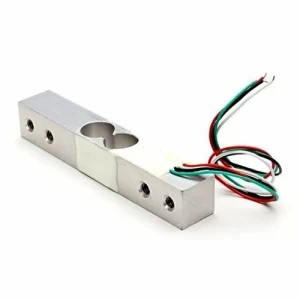






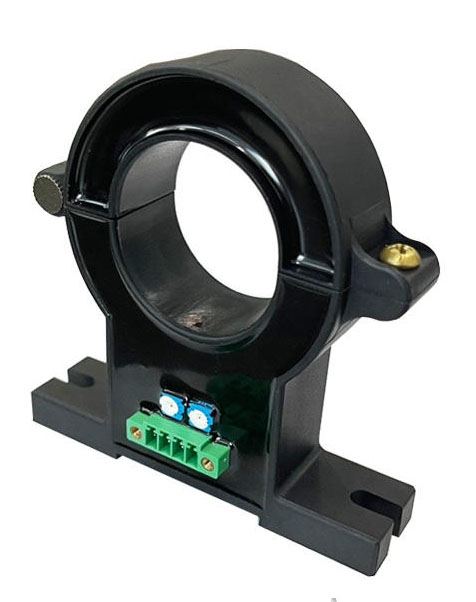
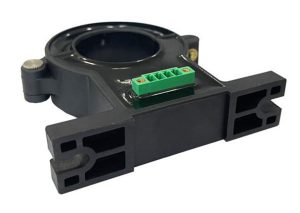







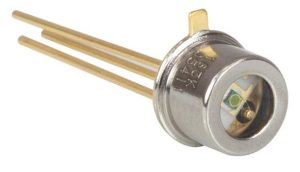

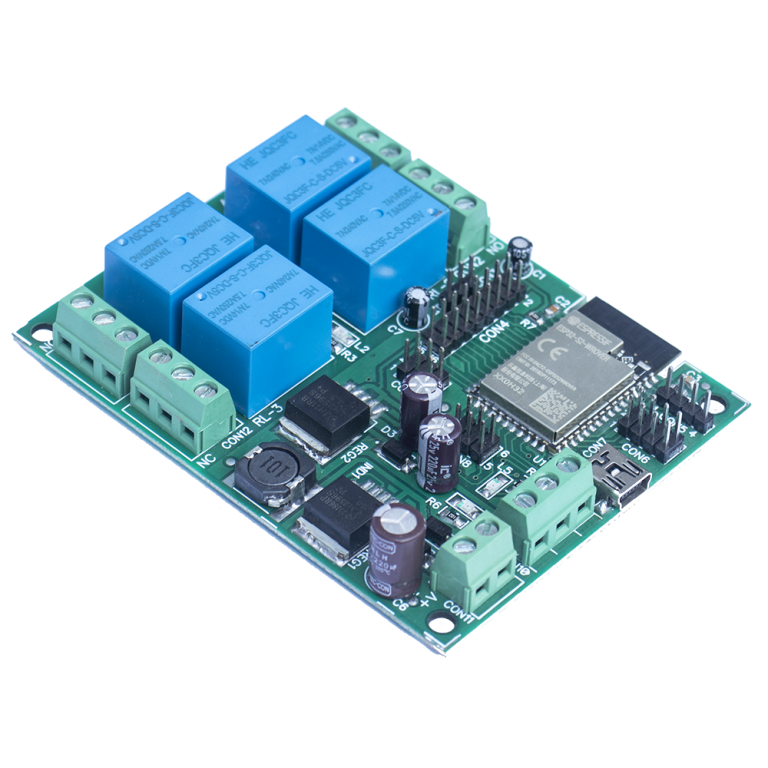



+ There are no comments
Add yours